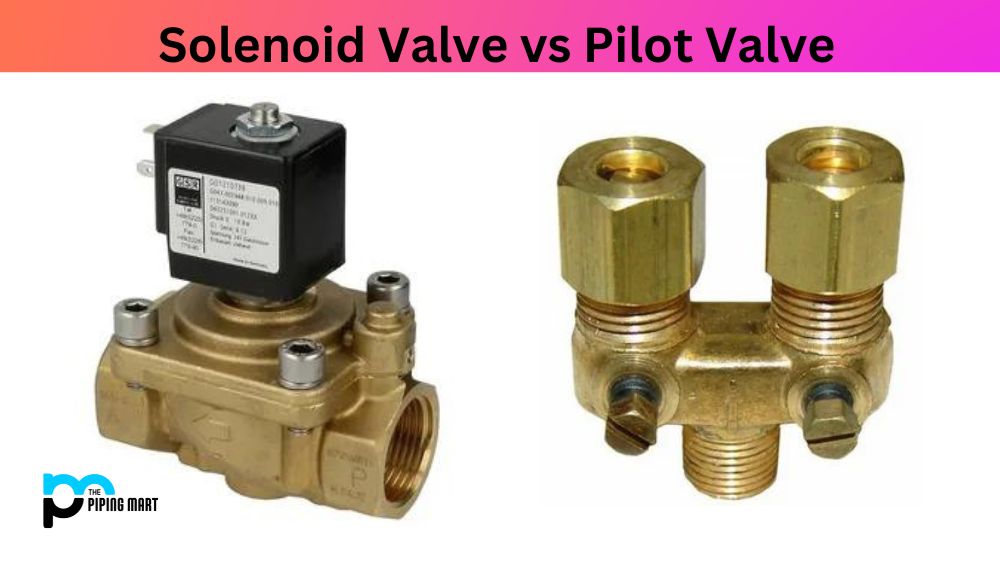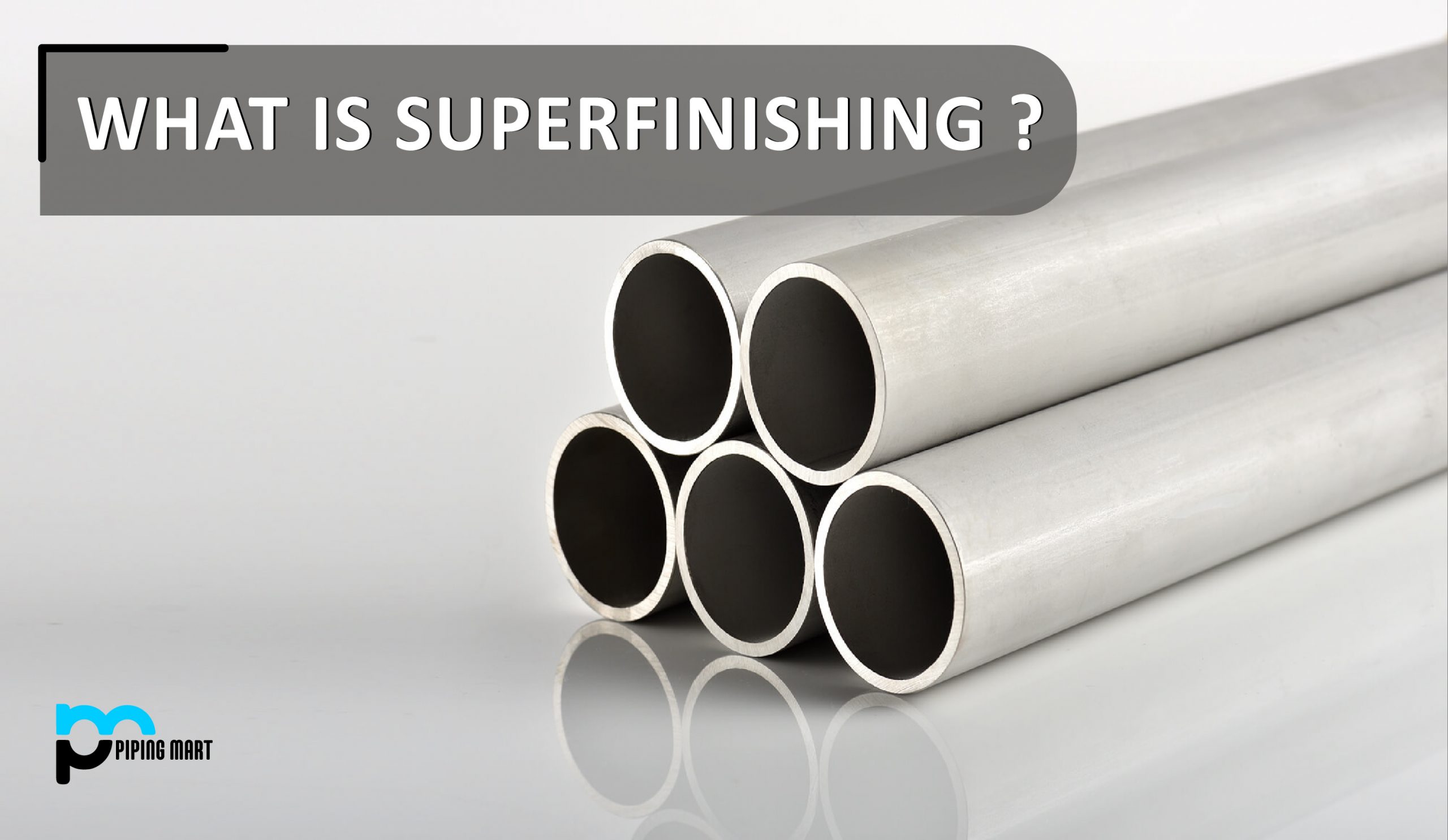Butterfly valves, like any other type of valve, are available in a variety of materials and body, disc, and seat combinations. The materials are chosen based on the fluid to be shut off, the pressure, and the temperature of the application at hand. The following is a list of the most common materials used in butterfly valves, which are typically cast grades.
Materials of Butterfly Valve Body:
Carbon Steel
Carbon steel is a combination of iron and carbon (no other alloying elements are added to control the properties of the material).
Carbon steel is most commonly used in the sand casting method to make the body and disc of a butterfly valve.
ASTM A216 WCB and LCC (Low Carbon Content) steels are the most commonly used grades for butterfly valve bodies and discs (which are cast steels). They are utilized for high and low-temperature service, respectively.
The fundamental benefit of carbon steel (CS) butterfly valves is their inexpensive cost in combination with adequate performance (especially for low-pressure applications). The disadvantage of carbon steel valves is their poor corrosion resistance. (Which can be enhanced by the use of outside coatings or inside lining materials such as Teflon)
Stainless Steel
Stainless steels are iron, nickel, and chromium alloys with a minimum Cr content of 10.5 percent. The addition of chromium creates a self-healing layer of oxide on the material’s surface that protects it against rust.
When a stainless steel product’s surface is scratched, the chrome interacts with oxygen, preventing it from interacting with iron and rusting. There are several distinct varieties of stainless steel available, which are commonly referred to as the 300 and 400 series.
There are four types of stainless steel: ferritic, austenitic, martensitic, duplex, and precipitation hardenable (14 Ph).
This categorization is based on the microstructure of the material, which is determined by altering the content of the materials combined. In general, the austenitic and duplex grades of stainless steel are the most commonly used for the manufacture of valves.
Austenitic Stainless Steel
In addition to chrome, austenitic stainless steels contain nickel, which has the effect of keeping the high temperature face-centered-cubic austenitic structure at temperatures where it would otherwise have converted to the ferritic body-centered-cubic structure.
When compared to ferritic grades, this face-centered cubic structure offers the material more toughness and ductility.
The robust austenitic structure may be maintained even at very low temperatures, depending on the proportion of nickel present, making the material suitable for cryogenic applications.
The inclusion of molybdenum improves the valve’s resistance to pitting corrosion.
Duplex Steel
Duplex stainless steels (UNS S32205 and UNS S31803) have a well-maintained structure of both the austenitic face-centered cubic and ferritic body-centered structure of iron.
This sort of composition is achieved by regulating the alloying materials and the heat treatment done on the alloy to construct a structure that comprises 50 percent austenite and 50 percent ferrite.
Duplex stainless steels combine the increased strength of the ferritic composition with the extraordinary toughness of austenite.
The super duplex types (UNS S32750 and UNS S32760) include greater quantities of chromium and molybdenum to increase the resistance to corrosion.
Nickel Alloy Steel
Nickel alloys are used in valves that are subjected to extremely harsh service conditions in terms of fluid, temperature, and pressure.
These alloys are especially well suited for severely corrosive applications that would break the protective oxide layer of lower grade steels (such as stainless steel).
The most common nickel alloys used in valve manufacture are Inconel, Incoloy, and Hastelloy. Nickel alloys’ primary disadvantages are their heavyweight and expensive cost (a multiple of stainless steel valves).
Titanium And Titanium Alloys
Titanium alloys combine extraordinary strength and lightness with great corrosion resistance.
Titanium alloys have the greatest strength-to-weight ratio of any metal. Titanium alloys, like stainless steel, have a protective oxide coating on their surface that prevents corrosion.
Titanium has a high resistance to corrosion by seawater, especially in hypochlorite-containing settings.
The main disadvantages of titanium alloys are their high price, which is a multiple of stainless steel, and the complexity of the production process, which is due to the metal’s high reactivity (special casting procedures are required to prevent titanium from reacting with oxygen during melting and pouring).
Nickel Aluminium Bronze
This is a copper alloy that comprises around 10% aluminum, 5% nickel, and 5% iron. It has excellent corrosion resistance, particularly in marine applications, and it prevents the formation of biofilm, which is a common source of corrosion issues in stainless steel.
API 609 butterfly valves can have soft seats or metal seats. Valves with soft seats are also termed “soft-seated” or “resilient” butterfly valves and are of the centric type. Eccentric designs (double or triple offset) are available, normally with a metal seat design, which might also be fire-resistant.
Seat Materials
Soft (Resilient Butterfly)
Soft-seated butterfly valves (resilient) have EPDM, VITON, NBR, BUNA-N, and other soft-seat butterfly valves are usually concentric in design and are best suited for low-pressure and non-critical applications.
Metal Seated Butterfly Valve
A metal-to-metal seal exists between the valve body and the disc.
Soft and metal seats are offered with high-performance butterfly valves (double eccentric). Triple offset butterfly valves often feature a metal seat and ATEX fire protection.

Pipingmart is B2B portal specializes in industrial, metal and piping products. Also, share latest information and news related to products, materials and different types grades to help business dealing in this industry.




